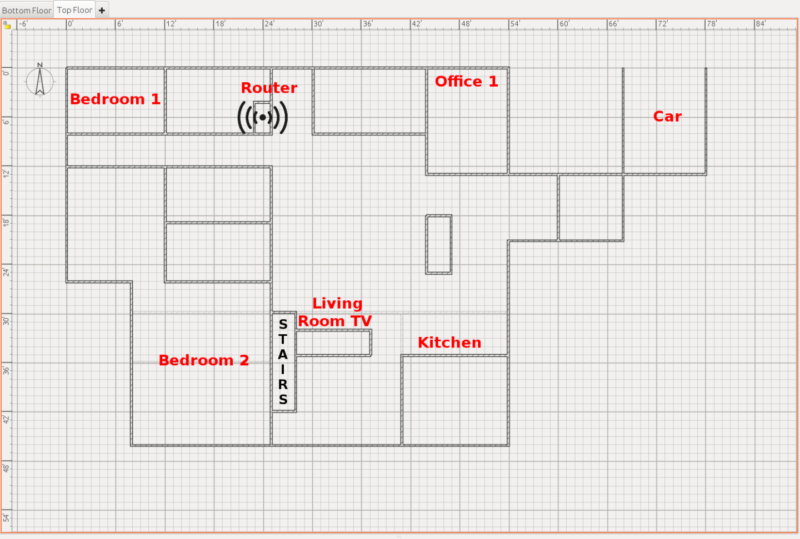Ten rules for dating my teenage daughter placing your Wi-Fi access points

Enlarge / The top floor of our test house is relatively straightforward—although like many houses, it suffers from terrible router placement nowhere near its center. (credit: Jim Salter)
Here at Ars, we've spent a lot of time covering how Wi-Fi works, which kits perform the best, and how upcoming standards will affect you. Today, we're going to go a little more basic: we're going to teach you how to figure out how many Wi-Fi access points (APs) you need, and where to put them.
These rules apply whether we're talking about a single Wi-Fi router, a mesh kit like Eero, Plume, or Orbi, or a set of wire-backhauled access points like Ubiquiti's UAP-AC line or TP-Link's EAPs. Unfortunately, these "rules" are necessarily closer to "guidelines" as there are a lot of variables it's impossible to fully account for from an armchair a few thousand miles away. But if you become familiar with these rules, you should at least walk away with a better practical understanding of what to expect—and not expect—from your Wi-Fi gear and how to get the most out of it.
Before we get started
Let's go over one bit of RF theory (radio-frequency) before we get started on our ten rules—some of them will make much better sense if you understand how RF signal strength is measured and how it attenuates over distance and through obstacles.
Read 53 remaining paragraphs | Comments
https://ift.tt/37XftrP
from Ars Technica https://ift.tt/2T6kOHS

No comments